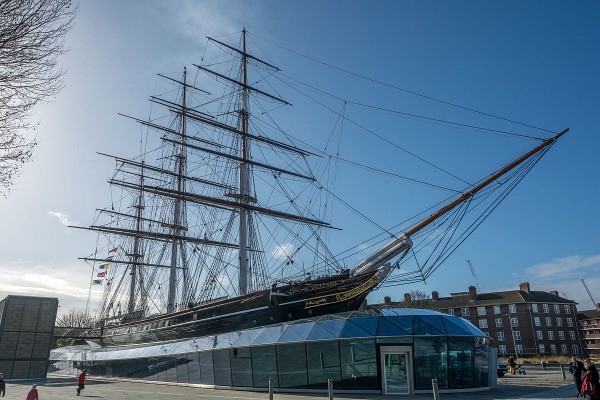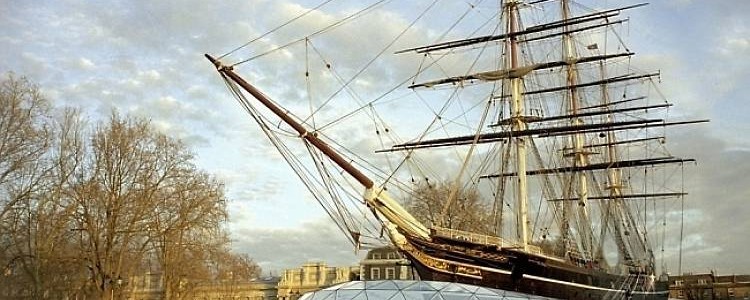The decision about preferred place for construction of the Cutty Sark II is made: Board of Trustees gave full support of Vladimir Martus proposal. Now is time to get approval from VIila do Conde City Council. Media interest to the subject is there already – the newspaper article title is: Russian captain wants to build replica of the famous Cutty Sark in Vila do Conde (read it in PT | EN).
Capitão russo quer construir réplica do famoso Cutty Sark em Vila do Cond
Vladimir Martus já trouxe para os estaleiros a reparação da Shtandart, réplica de uma fragata russa. Ficou agradado com a qualidade e diz ter tudo pronto. “Só têm a ganhar, atraem turistas e incentivam os jovens”, diz
Há 17 anos, Vladimir Martus concretizou um dos sonhos da sua vida: colocou a navegar uma réplica da fragata russa Shtandart, construída em 1703, por Pedro, o Grande. O barco de guerra, com 28 canhões, está a ser alvo de uma grande reparação nos estaleiros navais de Vila do Conde, em que a experiência dos portugueses se cruza com o conhecimento dos voluntários russos. Agora, este engenheiro naval de 50 anos quer mesmo concretizar aquilo que já era visto como uma possibilidade – construir em Vila do Conde uma réplica do famoso veleiro Cutty Sark, que chegou a ser português entre 1895 e 1992, navegando com o nome Ferreira.
“O Cutty Sark é um grande barco em madeira, tem 65 metros de comprimento e 11 de largura. Para ser construído precisa de espaço. Do que nós estamos a tentar convencer os portugueses, e temos falado muito com a Câmara Municipal e a Docapesca, é de que precisamos de condições. Queremos que a construção possa ser acompanhada pelas pessoas, como se fosse um museu. Só assim despertamos os mais jovens para a construção naval”, disse ao DN Vladimir Martus enquanto dava a conhecer o seu “bebé”, o Shtandart.
Acabado de regressar de Londres, Numas diz ter a aprovação da Fundação Cutty Sark. “Está tudo pronto, temos projeto, orçamento e já definimos que Vila do Conde é um local ideal. Tem a mão-de-obra de que precisamos”, explica. Mas é necessário investimento? O comandante do Shtandart ri. “Portugal não é um país de dinheiro. Mas é um bom sítio para se fazer coisas. Queremos é ter as condições para que a construção possa ser efetuada. Portugal tem muito a ganhar: este barco é conhecido internacionalmente, foi o último dos grandes clippers e tem o recorde mundial de navegação à vela entre a Austrália e a Inglaterra. E, melhor que isso, até foi português. ” Já tem datas, entre 1 de fevereiro de 2018 e 2020, e grande parte do financiamento, que pode chegar aos 25 milhões de euros, está garantido.
Vila do Conde, através da autarquia presidida por Elisa Ferraz, tem o projeto Um Porto para o Mundo, que prevê a candidatura da construção naval em madeira a património imaterial da UNESCO e o relançar de uma atividade que hoje tem dificuldades em estar ativa.
Na empresa Barreto & Filhos, onde está a ser reparada desde novembro, a embarcação russa é o motivo de maior azáfama. Dezenas de pessoas trabalham. Bruno Barreto, um dos sócios, reconhece que o facto de ser uma réplica implica outros cuidados. “A ajuda dos russos é fundamental”, admite. Com 37 anos, Bruno é a nova face da construção naval em Vila do Conde. Diz acreditar que o Cutty Sark possa ser feito em Azurara, freguesia na margem esquerda do rio Ave onde hoje se situam os estaleiros. “É um projeto de grande dimensão. Seria bom, mesmo a nível nacional. A câmara tem estado muito ativa nisso, mas não chega”, aponta.
“Não é só a vontade do povo de Vila do Conde que irá mudar a construção naval. O país não incentiva a pesca. Fico triste por não haver apoios nem formação profissional para que a construção naval se mantenha. Há carpinteiros navais de Vila do Conde em todo o mundo, hoje menos, que estão a ficar velhos”, aponta Bruno Barreto, que diz estar a viver uma experiência enriquecedora com a reparação da Shtandart. “O capitão Vladimir é uma pessoa muito culta, ele não veio para aqui ao acaso. Escolheu mesmo Vila do Conde. Sabia o que ia encontrar. E nós, portugueses, que temos a mania de que ensinamos tudo, estamos a aprender muito, falo por mim, com estes voluntários que nos ajudam.” É neste ponto de rejuvenescer a construção naval que Vladimir Numas insiste. Ontem em Azurara estavam 20 voluntários, na maioria russos (mas já receberam eslovenos, espanhóis, ingleses e outros) a ajudar. É o caso de Elena, 24 anos, licenciada em Oceoanografia. “Acabei de chegar e vou ficar um mês. Sempre estive ligada ao mar e é isso que quero. Fascina-me. Esta experiência é para aprender.” No estaleiro têm uma cantina onde fazem a própria comida e dormem em apartamentos na cidade. Quando, a 8 de abril, a Shtandart rumar a Lisboa para iniciar mais uma volta ao mundo, mais voluntários se juntam. “Navegamos com um máximo de 40 pessoas. No século XVIII iam 150. Aqui, quem vai a bordo tem tarefas, nem que seja lavar o chão”, explica Vladimir Martus, enquanto aprova mais uma parte de trabalho concluído. Todo o material elétrico e moderno fica escondido. “A madeira tem de tapar tudo.”
Com o czar Pedro, o Grande como “herói pessoal”, um homem que “transformou a Rússia”, Martus diz que não teve apoios estatais russos. “Isso deixa-nos como uns burocratas. Prefiro ser uma fundação privada que capta apoios, em todo o mundo.” E não é só para fazer réplicas para expor. “O meu objetivo com o Cutty Sark é colocá-lo a navegar nas antigas rotas e transportar mesmo café, chá, tudo o que transportava. É possível e o mundo deve saber que os veleiros não são coisas do passado. São atuais e sustentáveis.”

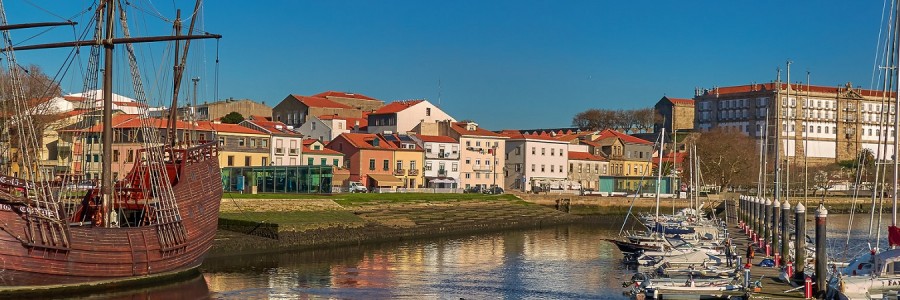



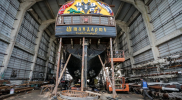
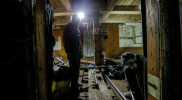

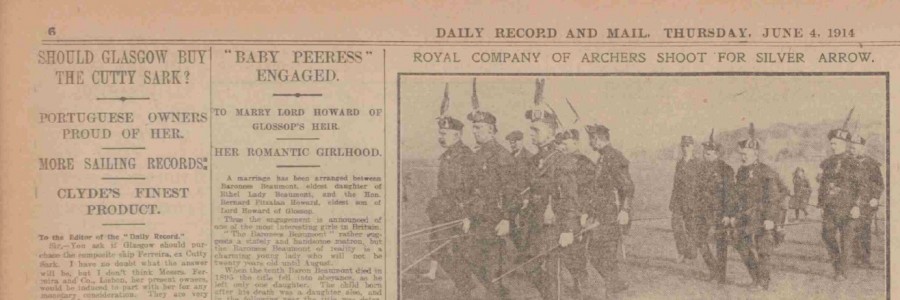




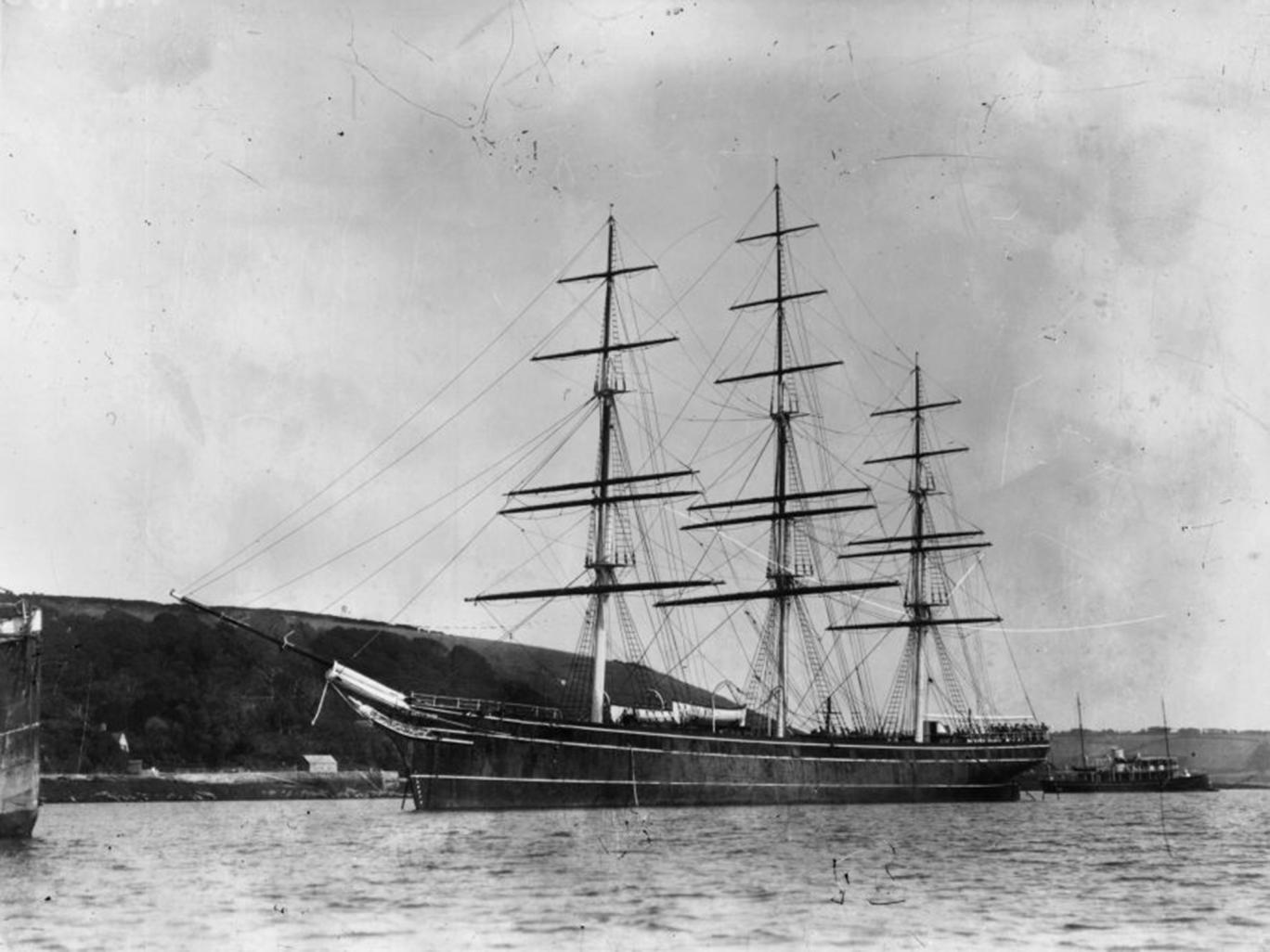
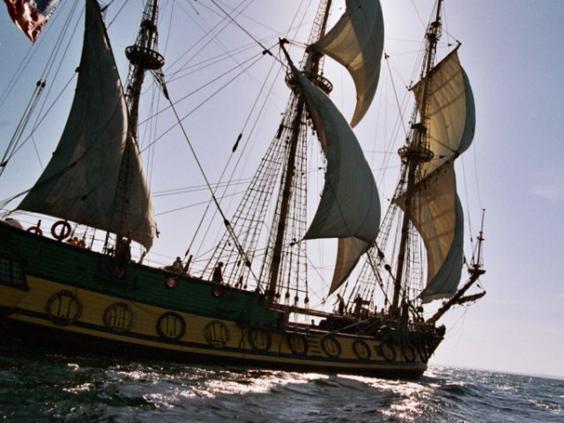 If Cutty Sark 2 is successful, she would be the second vessel Mr Martus has helped bring back to life. He was speaking to The Independent on Sunday from Shtandart, a replica of Peter the Great’s flagship 1703 frigate, which is moored in Italy and of which he is the ship’s captain.
If Cutty Sark 2 is successful, she would be the second vessel Mr Martus has helped bring back to life. He was speaking to The Independent on Sunday from Shtandart, a replica of Peter the Great’s flagship 1703 frigate, which is moored in Italy and of which he is the ship’s captain.

